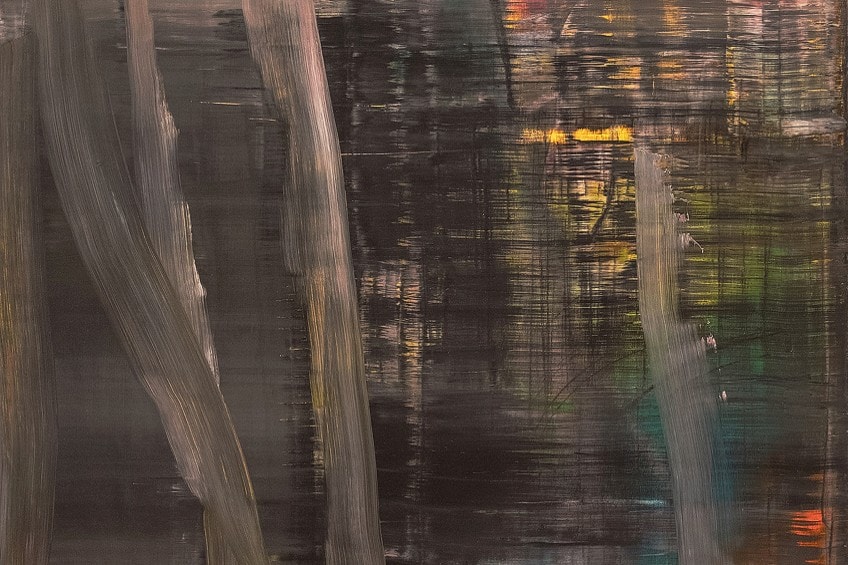Monochromatic Art – Explore the Modern Style of Monochrome Art
What is Monochrome art? All through the 20th century and well into the 21st century, Monochromatic art has played a significant role in avant-garde visual art. The exploration of a single color by Monochromatic artists has allowed them to communicate a broad range of feelings, intentions, and meaning in numerous ways by investigating how values change throughout surfaces, textures, and nuances. Monochromatic artwork has shown to be a resilient motif in contemporary art, from geometrical accuracy to expressionism. In this article, we will discover the Monochromatic definition in art, as well as Monochromatic art examples.
What Is Monochromatic Painting?
Let us first examine the Monochromatic definition in art. A painting that uses only one hue or color is referred to as a Monochromatic painting. It may employ several tones of a single hue, but by design should only have one base color. Over the course of more than a century, painters have experimented with formal issues of arrangement and tonality, or advanced theories connected to nature, the epic, and equivalent spiritual themes utilizing a single hue as a vehicle to explore both the promise and constraints of painting.
Monochromatic artwork is a true expression of avant-garde modernity, whether it is expressed with geometric accuracy or the subtlety of expressive brushwork.
The Origins of Monochrome Art
Paul Bilhaud’s black artwork, Negroes Fight in a Tunnel, from the inaugural Incoherent Arts exhibition in Paris in 1882 served as the catalyst for the development of monochrome art. Although Bilhaud was not the first to make an all-black artwork, in 1843 Bertall released his black Vue de La Hogue. According to Jean Metzinger, the cubists have only fulfilled their obligation by establishing a new rhythm for the good of humanity. After them, it was hoped others would carry out the same actions. He wondered what they would discover. To him, that was the future’s grandiose secret.
He wondered that no one knew whether possibly someday, a great artist will not present wholly white canvases with nothing, absolutely nothing on them, scorning the often-violent game of claimed colorists and returning the seven hues to the primal white oneness that covers them all.
The geometric abstractions created by Bauhaus-related painters, the artworks of Piet Mondrian, Kazimir Malevich, and other members of the De Stijl movement, the Russian Constructivist movement, as well as the sculptures of Romanian painter Constantin Brâncuși, are all examples of European minimalism’s broad and universal roots.
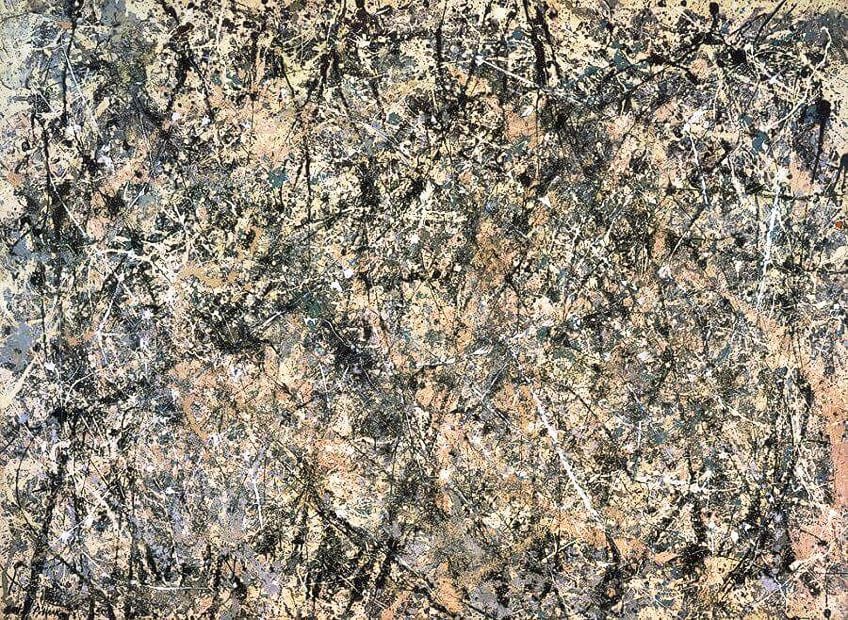
Ad Reinhardt, Barnett Newman, Josef Albers, as well as other artists like Marcel Duchamp, Pablo Picasso, Giorgio Morandi, and others, have all contributed to the inspiration for minimal art. Minimalism was also a response to Abstract Expressionism’s painterly subjectivity, which had dominated the New York School in the 1940s and 1950s. The variety of ways that Monochromatic paintings might be interpreted may be what draws so many painters, critics, and authors to them.
Monochromatic art has never lost favor, despite the fact that few painters have dedicated their entire careers to it. It resurfaces amid periods of aesthetic and societal upheaval as if a phantom or a symbol of high modernism.
Constructivism and Suprematism
Kazimir Malevich, a Suprematist painter, invented Monochromatic art in Moscow, where it is now most often recognized. It was a revision or continuation of his 1915 piece Black Square on a White Field, which was a major contribution to geometric abstraction in the 20th century. Constructivist painter Alexander Rodchenko displayed three works in 1921 that were all Monochromatic representations of the three main colors. His goal was for this piece to symbolize the “death of painting.”
Malevich regarded his work as a concentration on them, a sort of meditation on the core of art, whereas Rodchenko saw his monochrome as a demolition of the conventional assumptions of painting.
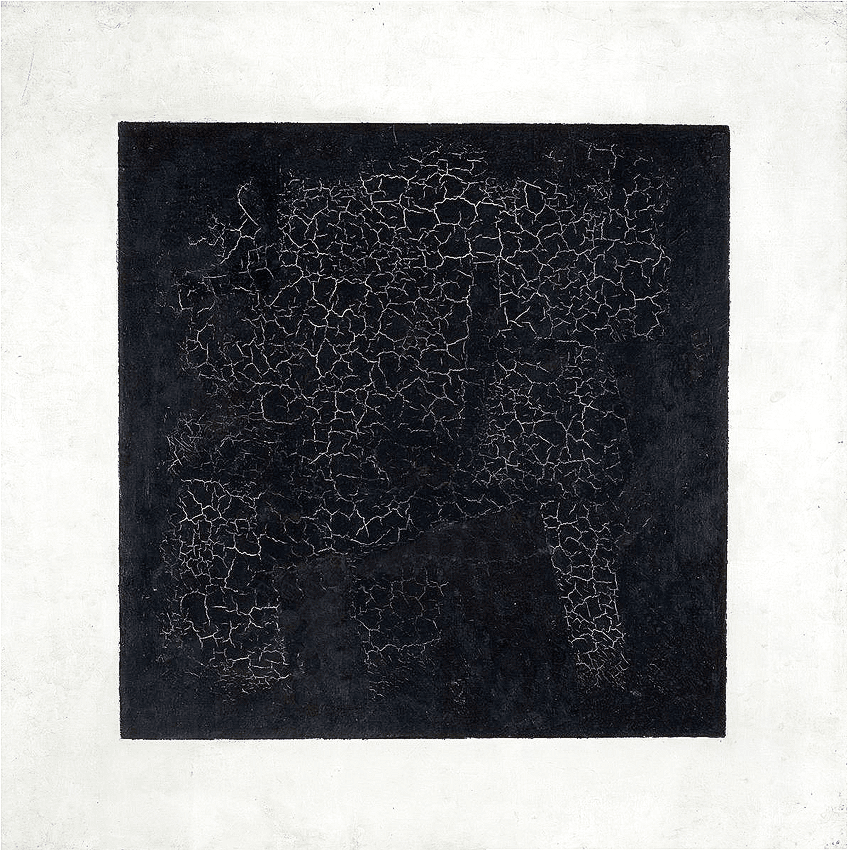
These two methods expressed this kind of artwork’s almost paradoxical interplay very early on in its development that one can interpret monochrome art either as a flat surface portraying nothing except itself, and thus portraying a conclusion in the progression of illusionism in artwork; or as a portrayal of multidimensional space, an accomplishment of illusionistic artwork, depicting a new evolution—a fresh start the history of Western painting.
Furthermore, many people have said that it may be difficult to discern the artist’s objectives from the artwork without reference to the artist’s remark.
Famous Monochromatic Artists
As abstract painters reduced representational painting to its most basic forms and colors, they recognized how profoundly color taps into human emotion. Monochromatic artwork became effective means of eliciting intensely personal experiences, inspiring Monochromatic artists to examine emotions and spirituality via monochrome artwork.
Here are some notable Monochromatic artists and their Monochromatic art examples.
Kazimir Malevich (1879 – 1935)
| Nationality | Polish-Ukrainian |
| Date of Birth | 23 February 1879 |
| Date of Birth | 15 May 1935 |
| Place of Birth | Kyiv, Ukraine |
Fascinated by speed and its related technology, such as aircraft and automobiles, Kyiv-born painter Kazimir Malevich collaborated with author Alexei Kruchenykh and musician Mikhail Matyushin to draft a statement for the First Futurist Congress in 1913.
Kazimir Malevich presented his legendary geometric abstraction Suprematist artwork, White on White, in the Petrograd exhibition in 1915.
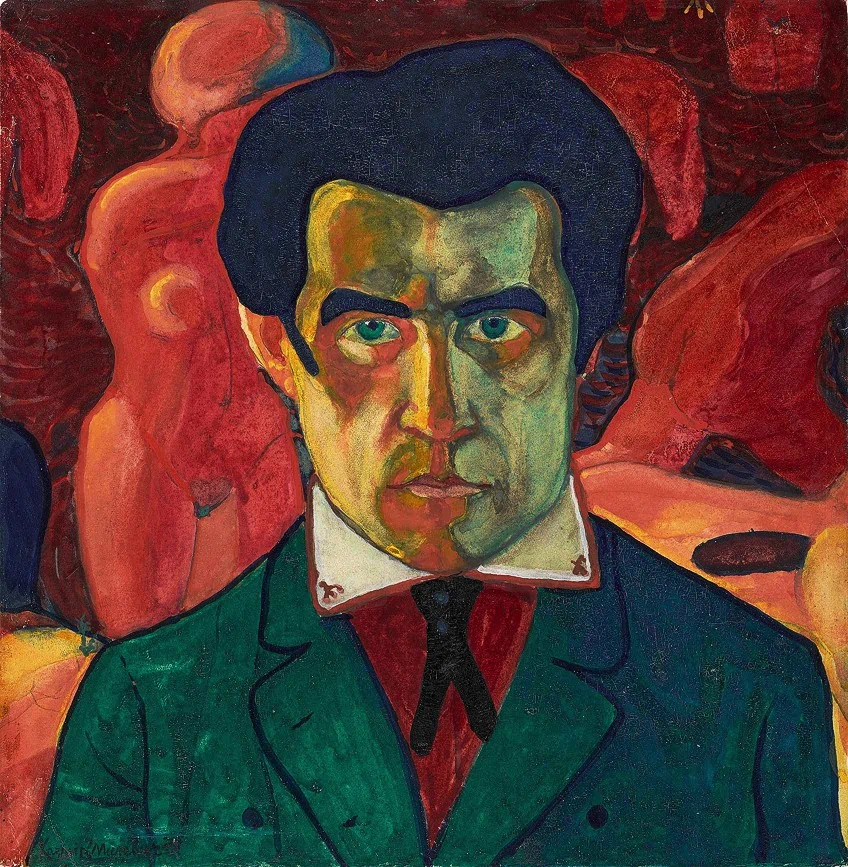
Malevich’s artwork, a white square set on a white background, seemingly floating with no link to our physical world, attempted to generate the sense of ascension he linked with aircraft and aerial photos. Although the use of white in the painting—which was revolutionary for its time—could be perceived as unfeeling or cold, the artist’s fingerprints can be seen in the textures of the paint.
His conviction that the color was linked to a higher plane of emotion gives the piece warmth and vastness.
Josef Albers (1888 – 1976)
| Nationality | German |
| Date of Birth | 19 March 1888 |
| Date of Birth | 25 March 1976 |
| Place of Birth | Bottrop, Germany |
One of the most influential figures in the development of color and monochrome philosophy is the German-American artist Josef Alberts. He became a lecturer there after completing his studies in art at the renowned Bauhaus school of art. Together with his fellow Bauhaus artist wife Annie Albers, Albers immigrated to America after the Nazis forced the closure of the school in 1933.
In America, he was appointed the president of Black Mountain College, a brand-new art and design institution in North Carolina that had embraced the Bauhaus philosophy and hired several Bauhaus educators.
Albers started to lecture, produce, and experiment with color theory while he was a student at Black Mountain College. Four oil-applied squares are placed on a Masonite panel in Albers’ Homage to the Square series, which is quite straightforward in idea yet incredibly powerful. He never painted; instead, he put his works straight to the panel with a palette knife while scrupulously noting every step of the process on the reverse of each one.
Albers’ book, Interaction of Color, which was released in 1963, might be considered the conclusion of this important investigation into the duplicity of color and the significance of visual perception.
Lucio Fontana (1899 – 1968)
| Nationality | Argentine/Italian |
| Date of Birth | 19 February 1899 |
| Date of Death | 7 September 1968 |
| Place of Birth | Rosario, Argentina |
Lucio Fontana, an Argentine-Italian painter recognized as the father of Spatialism, is best known for incorporating three-dimensionality into his works of art. With a puncturing or cutting of the canvas that produces holes and slashes in the artwork, his Spatial Concepts series of Monochromatic paintings forcefully acquire its third dimension.
These works draw attention to the area beyond the image and alert the viewer to new forms and places.
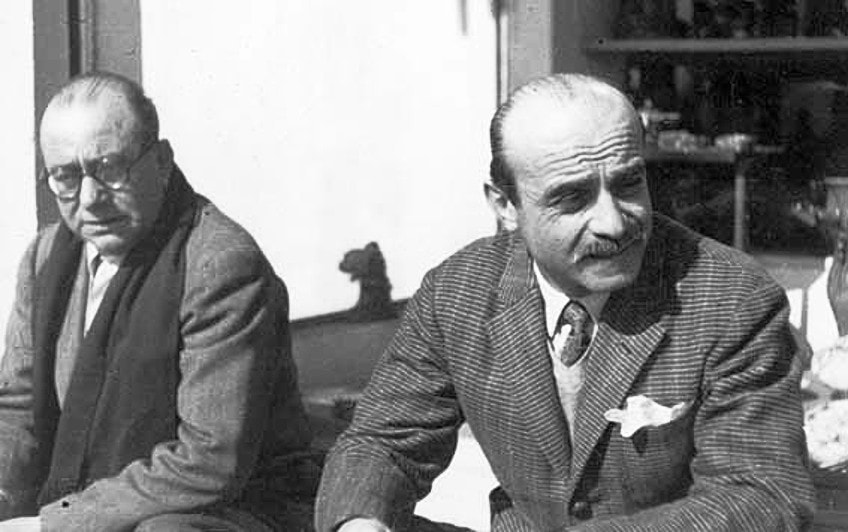
Fontana aimed to incorporate his works and materials inside space in novel ways while developing a gestural language of communication through movement. He was inspired by the pre-World War I assertions of futurists, which can be seen in his works.
Agnes Martin (1912 – 2004)
| Nationality | Canadian-American |
| Date of Birth | 22 March 1912 |
| Date of Death | 16 December 2004 |
| Place of Birth | Macklin, Canada |
Agnes Martin, a Canadian-American artist, demonstrated in 1972 that “Anything may be depicted absent of representation” in her abstract works that were influenced by nature. Her monochrome paintings use interlocking vertical and horizontal lines in her unique design, a freehand grid.
Her loose geometric works, which are almost entirely made on six square feet of canvas, interact with the natural organic world.
Her gridded paintings are only moderately methodical, especially when contrasted with the works of other minimalist painters. Each piece shifts in scale, color, and rhythm. She creates an atmosphere for in-depth meditation and calm contemplation, leading to a shared moment of appreciation between the piece and its viewers.
She accomplishes this through the use of pastels and soft colors, light graphite artwork, and odd dashes or dots.
Ad Reinhardt (1913 – 1967)
| Nationality | American |
| Date of Birth | 24 December 1913 |
| Date of Death | 30 August 1967 |
| Place of Birth | Buffalo, New York |
From the 1930s until the 1960s, Adolph Frederick Reinhardt, better known by his stage name Ad Reinhardt, was a prominent abstract painter in New York. Reinhardt, an American Abstract Artists member who is most known for influencing the minimalist and Monochromatic painting trends, was also involved in the Betty Parsons Gallery’s abstract expressionism movement.
Reinhardt created his Black Paintings series in response to Malevich’s Black Square.
He called them “the last paintings one can produce” and referred to them as both a groundbreaking and closing series since he saw them as the culmination of Modernism. Reinhardt’s reflections in the shape of monochrome squares might be understood as his effort to produce artworks that could transcend the dreads and difficulties of hostility and conflict.
They are both a reaction to, as well as a reflection of, the atmosphere of Cold War America.
Anne Truitt (1921 – 2004)
| Nationality | American |
| Date of Birth | 16 March 1921 |
| Date of Death | 23 December 2004 |
| Place of Birth | Baltimore, Maryland |
Her important contributions to the growth of minimalism may be seen in the aggressively simple and painted structures that she created, several of which were quite big. They are frequently made of wood and covered in layers of monochrome acrylic paint to resemble slim, rectangular pillars or pillars. Truitt creates scale designs of her structures, which a cabinetmaker then turns into reality.
The creations include weights that anchor them to the floor and are frequently hollow, which allows the wood to breathe at varying temperatures.
She primes the wood with gesso, paints close to 40 coats of acrylic in an alternate pattern of vertical and horizontal strokes, and sands between each layer. The artist worked to create flawlessly polished planes of color while sanding each coat of paint down in between treatments.
Ellsworth Kelly (1923 – 2015)
| Nationality | American |
| Date of Birth | 31 May 1923 |
| Date of Death | 27 December 2015 |
| Place of Birth | Newburgh, New York |
Though he may be most known for using and combining bright colors, Ellsworth Kelly also produced about 20% of his paintings in black and white. The painter, sculptor, and printer experimented with forms in his artwork because he was always drawn to the shapes that he saw around him in daily life.
Working in monochrome allowed Kelly to focus simply on the form because the color and its associated connotations were no longer a hindrance.

His geometric and organic monochrome works occasionally directly imitated natural shapes, such as his renowned Window, which he made to closely resemble a window he had seen at the museum in terms of look and dimensions.
Yves Klein (1928 – 1963)
| Nationality | French |
| Date of Birth | 28 April 1928 |
| Date of Death | 6 June 1962 |
| Place of Birth | Paris, France |
With the invention of International Klein Blue, French artist Yves Klein made a significant artistic advancement. The pigment, which was created in partnership with French paint producer Edouard Adam, employs a synthetic resin binder to retain the color and create an ultramarine hue that is as strong as possible.
The moment that Klein famously identified the blue sky as his first artwork, the hue became synonymous with him.
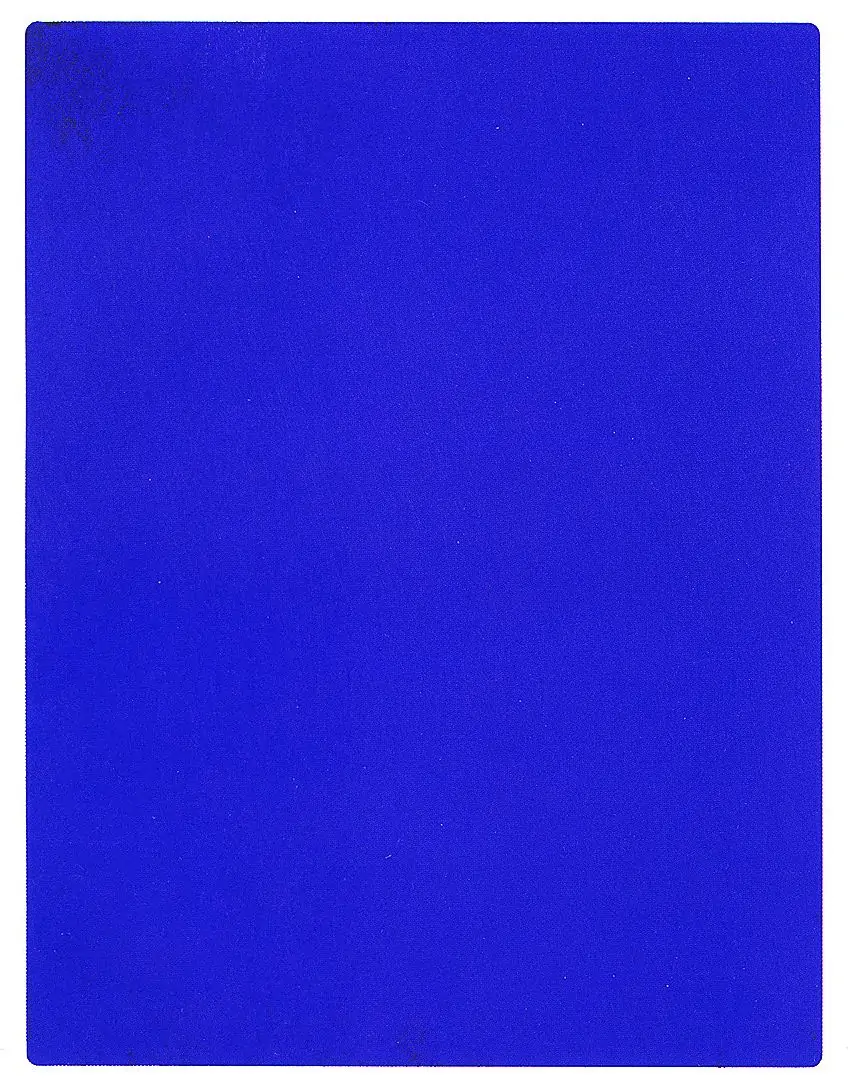
As a result, he started using his International Klein Blue almost constantly in his paintings, using the color to produce Monochromatic abstractions that filled entire enormous canvases. In one famous incident, he even produced a painting on canvas using nothing but the color and the bodies of ladies.
For Klein, painting in monochrome was a form of artistic freedom that allowed him to “immerse himself in the unfathomable life of color.”
Robert Ryman (1930 – 2019)
| Nationality | American |
| Date of Birth | 30 May 1930 |
| Date of Death | 8 February 2019 |
| Place of Birth | Nashville, Tennessee |
American artist Robert Ryman is most known for his spare, Monochromatic white-on-white paintings, yet he considered himself first and foremost a realist, stating that he is not a picture artist. Since actual light is a key component of his paintings, working with actual light and space always brings some challenges.
Ryman’s works use white or off-white paint on square elements because he wants to display his materials in a straightforward and sincere manner.
He liked experimenting with his medium, applying his Monochromatic works to a variety of materials, including linens, steel, wallpaper, featherboard, newspaper, burlap, and many more. He did this by using brushwork that was inspired by abstract expressionists.
Gerhard Richter (1932 – Present)
| Nationality | German |
| Date of Birth | 9 February 1932 |
| Date of Death | N/A |
| Place of Birth | Dresden, Germany |
After exhibiting a group of vibrantly colored works, German artist Gerhard Richter created a series of monochromatic, all-gray paintings in striking contrast. His investigations with the color gray have led him to explain why he is drawn to it, that gray embodies non-statement in all its forms. It is neither visible nor invisible, nor does it elicit any emotions or connections.
Like no other color, it works well to represent “nothing.”
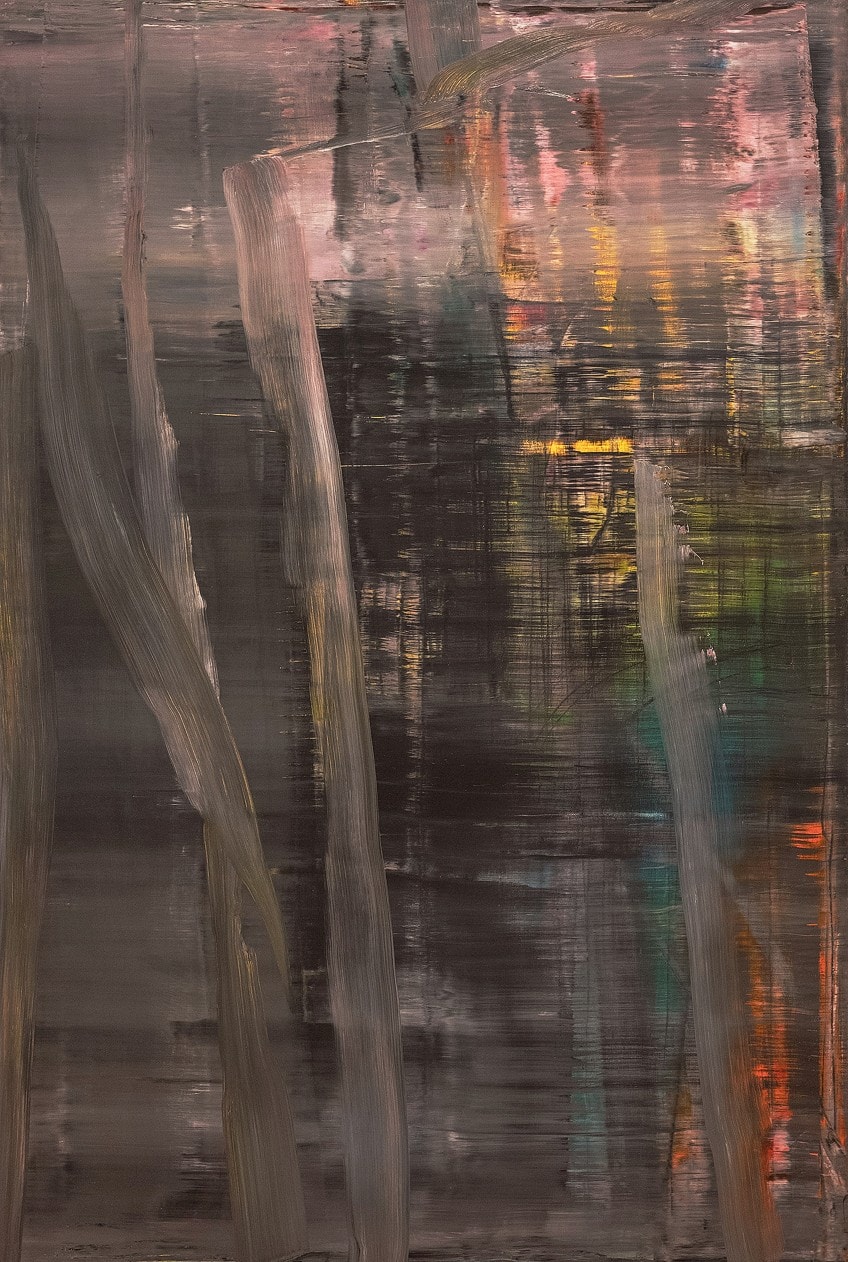
His 1970s paintings, which resembled flat concrete walls, tested his creative prowess at producing a lack of expression, feeling, and effect. Richter has studied color together with reflectivity more recently, at the turn of the century. In his more recent Monochromatic collection Eight Grey, the artist uses the glass media.
The reflected surface incorporates the art spectator into the piece itself, highlighting the truth of personal experience and perception.
Frank Stella (1936 – Present)
| Nationality | American |
| Date of Birth | c. 1936 |
| Date of Death | N/A |
| Place of Birth | Massachusetts, USA |
In 1958 Stella arrived in New York City and was influenced by Jasper Johns’ stripes and rings of the color displayed in his debut solo exhibit despite having a historical background and a love of art. Four of Frank Stella’s works were featured in the 1929 16 Americans show which was held at the Museum of Modern Art just one year later when she was 23 years old. His reputation as a startling and gifted artist was cemented by those four works, which served as the foundation for a series of 23 Black Paintings.
Stella’s Black Paintings paved the way for minimalist artists everywhere by attempting to distance themselves from the human condition and instead develop a new visual intelligence.
His works were a break from the dominant emotionality of Abstract Expressionism because they were straightforward and had a specific purpose. The angled white lines of the Black Paintings on black canvases produced hypnotic and occasionally disorienting patterns with no deeper messages. In the years following, Stella produced hundreds of pieces of art, making him the youngest artist to have a solo display at the Museum of Modern Art in New York.
His Black Paintings, though, deserve special attention since they paved the way for the production of art independent of human experiences and emotion.
Olivier Mosset (1944 – Present)
| Nationality | Swiss |
| Date of Birth | c. 1944 |
| Date of Death | N/A |
| Place of Birth | Berne, Switzerland |
Swiss artist Olivier Mosset, a key member of the Parisian minimalist art collective BMPT, is committed to examining and dismantling preconceived notions of what it means to be an artist. Mosset’s work, which is most renowned for its enormous monochrome paintings, may be described as self-evident and lacking in metaphor.
From 1966 through 1974, Mosset created nearly 200 similar oil paintings of a little black circle in the middle of a white square canvas because of his interest in repeated patterns and the elimination of subjectivity.
All of his works are an outgrowth of this intellectual abstraction, which was an affront to preconceived concepts of art creation. His artwork, which is only a portrayal of color and shape, leaves room for countless interpretations and experiences.
The significance of Monochromatic paintings frequently resides more in the concepts they raise than in the technical mastery they display. Although these ideas could come out as intellectual or sophisticated, Monochromatic artists meant the exact opposite. They aimed to demystify painting by implying that it was as simple and commonplace as any other form of artistic expression. Future generations of minimalist and conceptual artists were greatly influenced by these ideals of simplifying art and focusing it more on concepts than aesthetic appearances. Characters who enjoyed undermining the accomplishments of other painters and who thought they had the final laugh are abundant throughout the history of Monochromes.
Frequently Asked Questions
What Is Monochrome Art?
Painters have used varying tones of brown or black ink to create monochrome pictures on paper for millennia. To achieve the appropriate hues, just diluting the ink more or less would be required. Shades of gray were utilized to produce monochrome paintings, a process known as grisaille. Through the combination of lighting and shadow, the designer was capable of defining the shape and generating an image in such a piece. Many artists, notably Ad Reinhardt, Anish Kapoor, Robert Ryman, and Robert Rauschenberg, dabbled with monochrome paintings during the evolution of abstract art in the 20th century.
What Is the Monochromatic Definition in Art?
As a medium, Monochrome painting can be used to depict simplicity, tranquility, grimness, purity, or other significance. It can use varying shades of a single color, but it must only have one base color. As an experiment, painting in monochrome may educate an artist on how to cope with colors and gradients, form, and line. Monochromatic artworks have no genre restrictions and can span from lifelike to completely abstract.
Jordan Anthony is a Cape Town-based film photographer, curator, and arts writer. She holds a Bachelor of Art in Fine Arts from the University of the Witwatersrand, Johannesburg, where she explored themes like healing, identity, dreams, and intuitive creation in her Contemporary art practice. Jordan has collaborated with various local art institutions, including the KZNSA Gallery in Durban, the Turbine Art Fair, and the Wits Art Museum. Her photography focuses on abstract color manipulations, portraiture, candid shots, and urban landscapes. She’s intrigued by philosophy, memory, and esotericism, drawing inspiration from Surrealism, Fluxus, and ancient civilizations, as well as childhood influences and found objects. Jordan is working for artfilemagazine since 2022 and writes blog posts about art history and photography.
Learn more about Jordan Anthony and about us.
Cite this Article
Jordan, Anthony, “Monochromatic Art – Explore the Modern Style of Monochrome Art.” artfilemagazine – Your Online Art Source. August 3, 2022. URL: https://artfilemagazine.com/monochromatic-art/
Anthony, J. (2022, 3 August). Monochromatic Art – Explore the Modern Style of Monochrome Art. artfilemagazine – Your Online Art Source. https://artfilemagazine.com/monochromatic-art/
Anthony, Jordan. “Monochromatic Art – Explore the Modern Style of Monochrome Art.” artfilemagazine – Your Online Art Source, August 3, 2022. https://artfilemagazine.com/monochromatic-art/.


